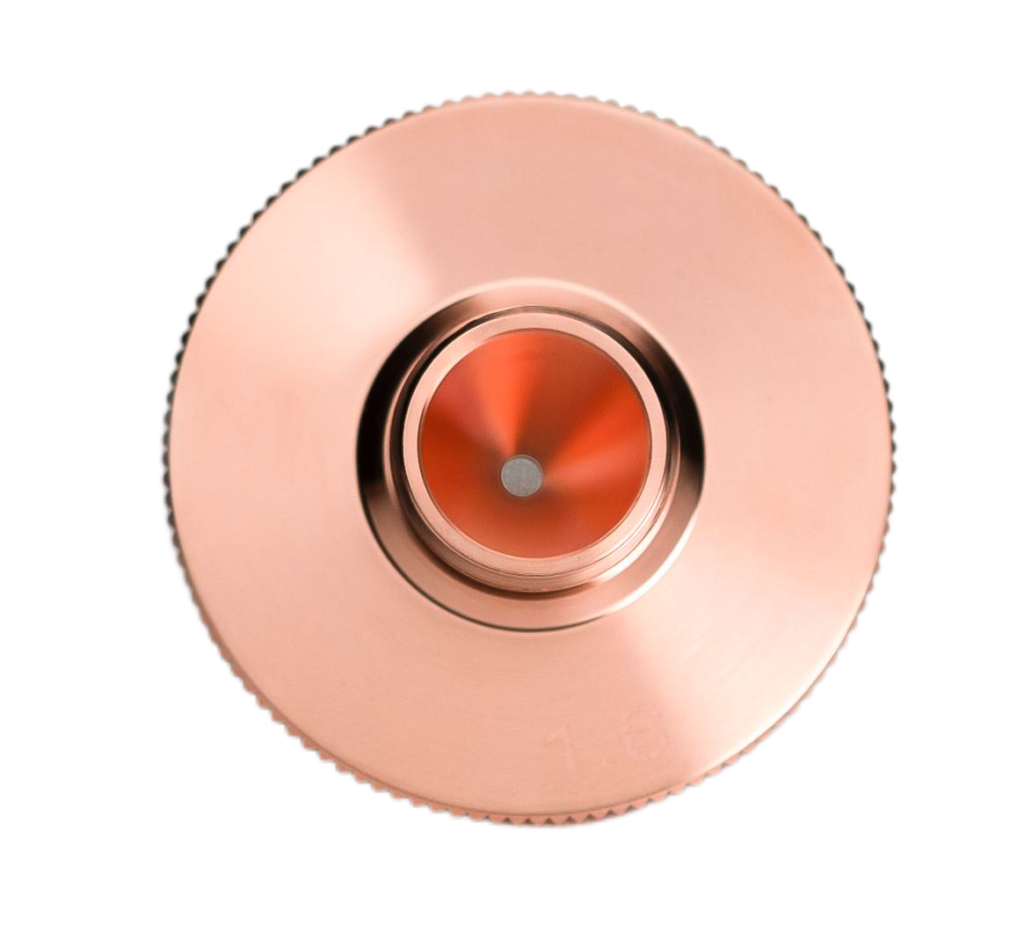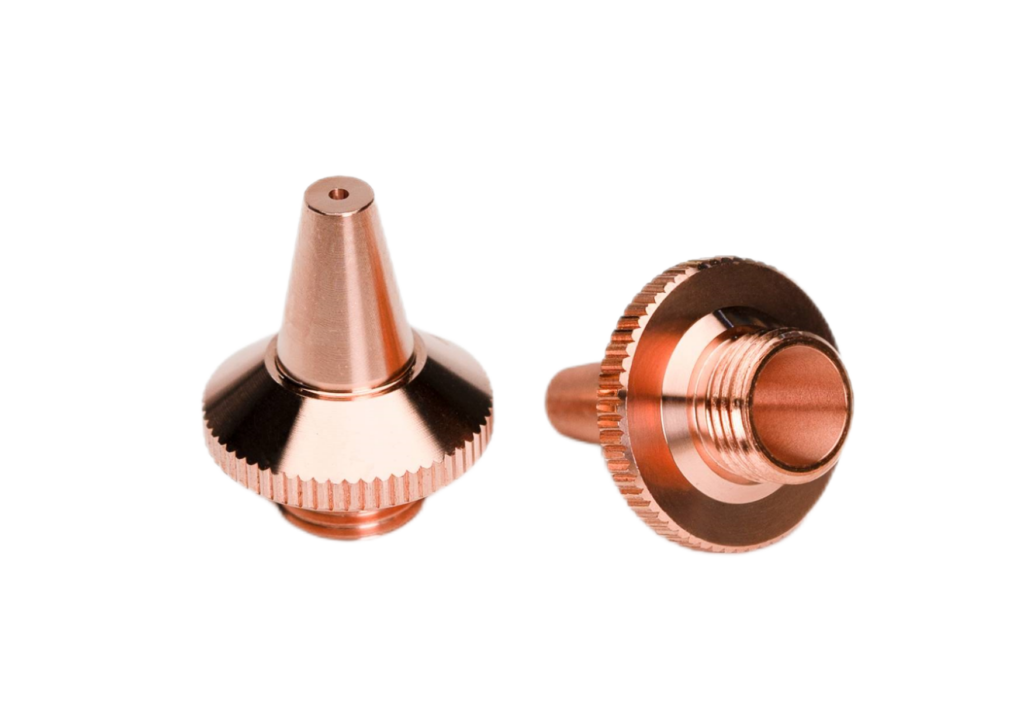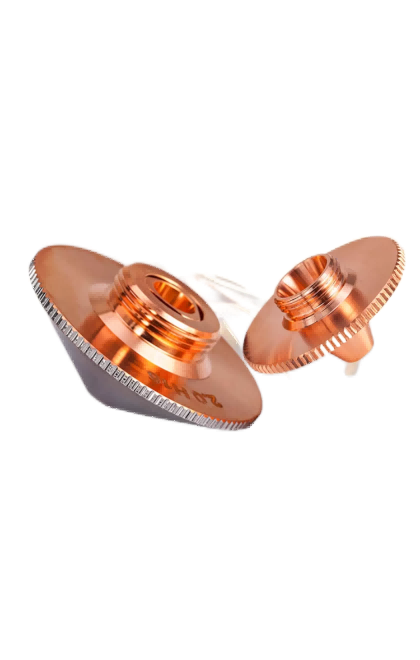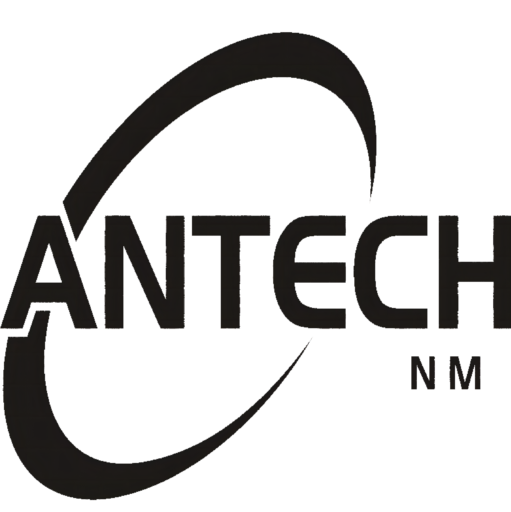payment methods





Introduction to Laser Devices
Laser devices have become indispensable tools across a wide range of industries due to their precision, efficiency, and versatility. A laser (Light Amplification by Stimulated Emission of Radiation) is a device that emits a concentrated beam of light through an optical amplification process. The unique properties of laser light—such as its coherence, monochromaticity, and high intensity—enable it to be utilized in various applications, from industrial manufacturing to medical procedures, telecommunications, and scientific research.

Key Features of Laser Devices
1.Precision and Accuracy: Laser devices are known for their ability to produce highly accurate and precise results. In manufacturing, for example, lasers are used for cutting, welding, and engraving with minimal margins of error, ensuring the highest quality of output.

2.Versatility: Lasers come in various types, including CO2 lasers, fiber lasers, and diode lasers, each suited to different applications. This versatility makes them valuable in fields such as medicine, where they are used for delicate surgeries, and in communications, where they transmit data over long distances with minimal loss.

3.Efficiency: Laser devices offer energy-efficient solutions, particularly in industrial settings. They can work continuously with low maintenance requirements, reducing operational costs over time.

4.Safety: Modern laser devices are designed with advanced safety features to protect users from potential hazards. This includes mechanisms to control laser output and prevent accidental exposure to harmful radiation.



